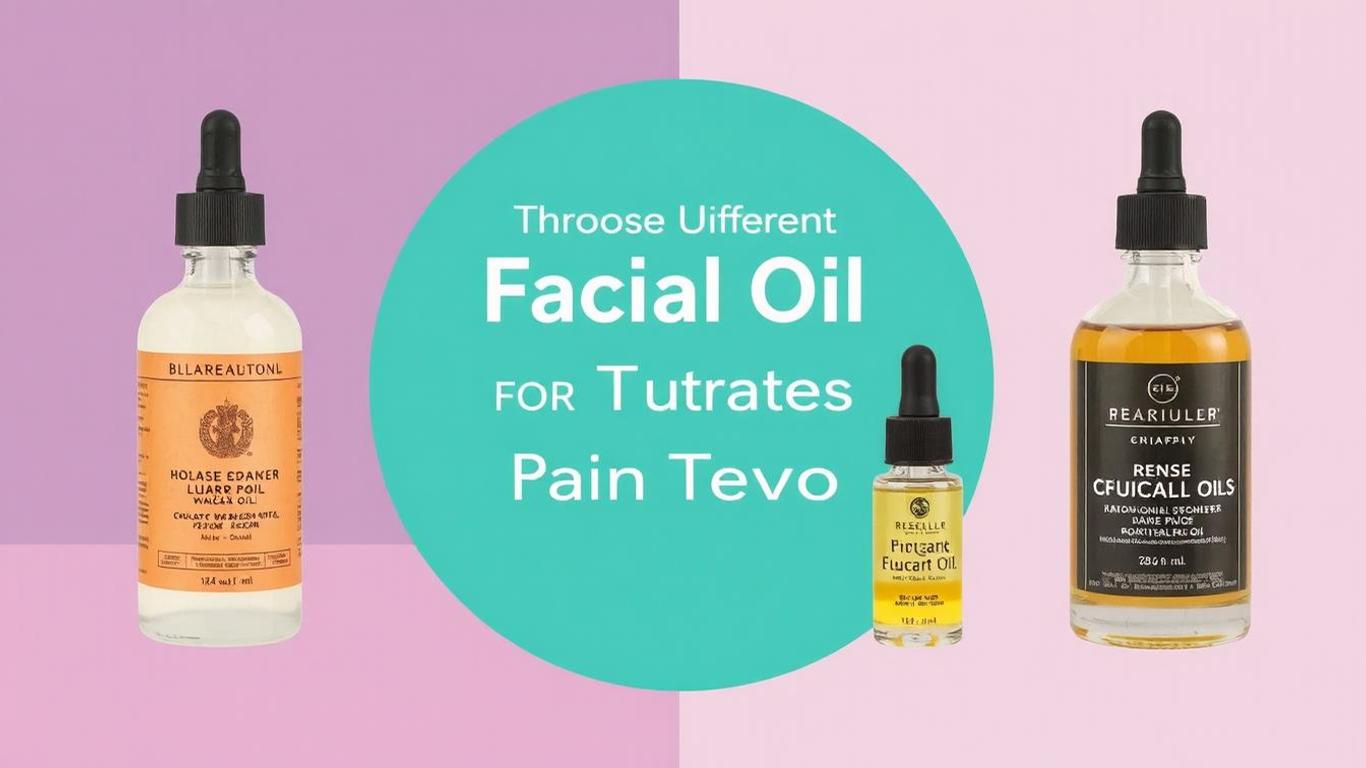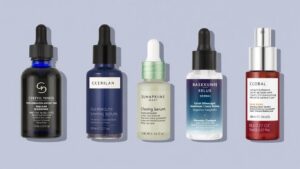Facial oils have become a skincare essential for most people, providing them with hydration, nourishment, as well as a healthy glow. However, there are so many products that an individual could have trouble trying to choose a suitable product that could fit someone’s skin type. The right one is so important, considering the best results come when oils are specifically designed to address your special skin needs. Here’s a complete guide to help you in your new choice.
All About Facial Oils
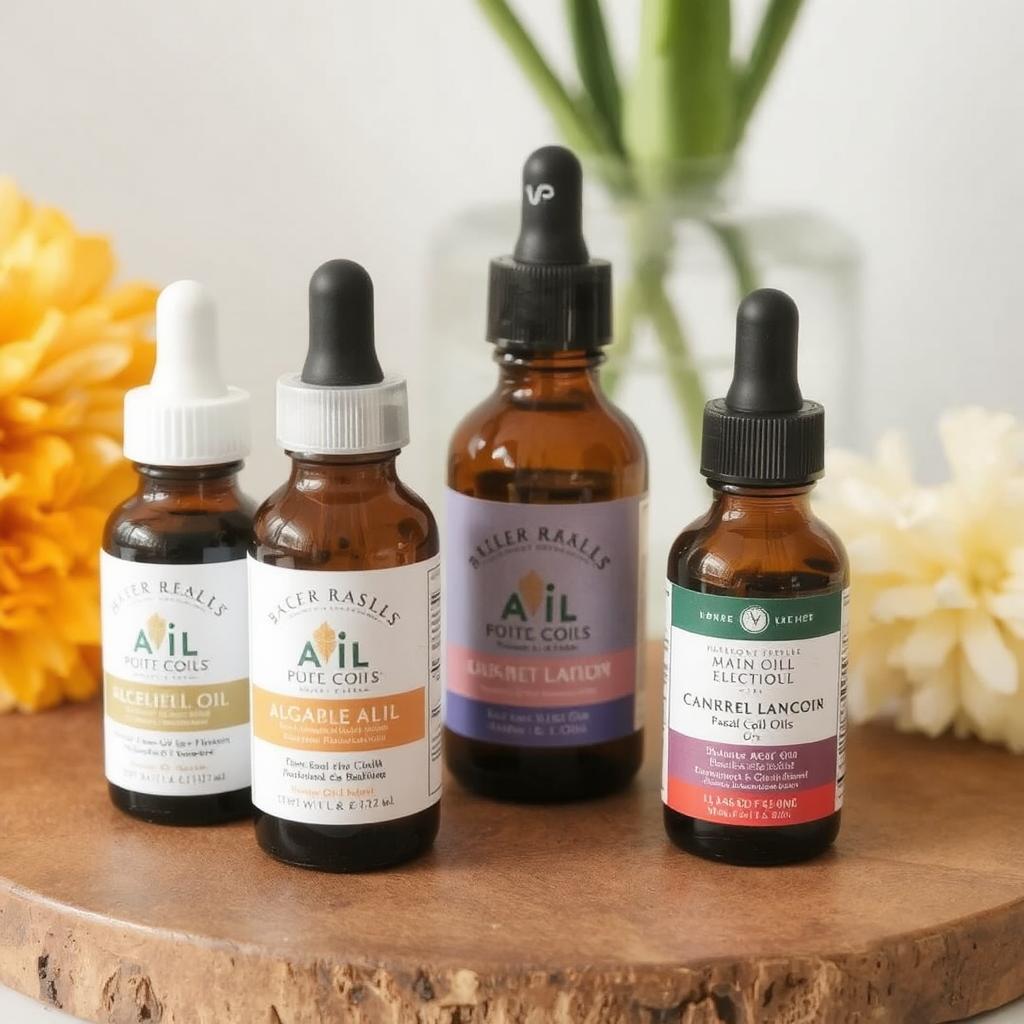
Facial oils are concentrated extracts, usually plant derived, developed to act like the natural oil produced by your skin. They contain vitamins, antioxidants, and essential fatty acids that can improve your skin in very healthy and beauty-inducing ways. However, not all oils are the same, and the first step to finding the perfectly matched one would be to understand one’s skin type.
Determine Your Skin Type

Before jumping into the realm of facial oils, you should know your skin type. Here it is at a glance:
Dry Skin: Tight, flaky, and generally moisture-starved so that nothing penetrates.
Oily Skin: Affected with shine by excess oil and has necessarily some clogged pores.
Combination Skin: A hybrid; oily in parts (usually the T-zone) and dry in other parts.
Sensitive Skin: Tends to get uncomfortable and shows redness easily.
Normal Skin: A very well-balanced skin type having minimum issues.
Here are facial oils that are good for treating dry skin:
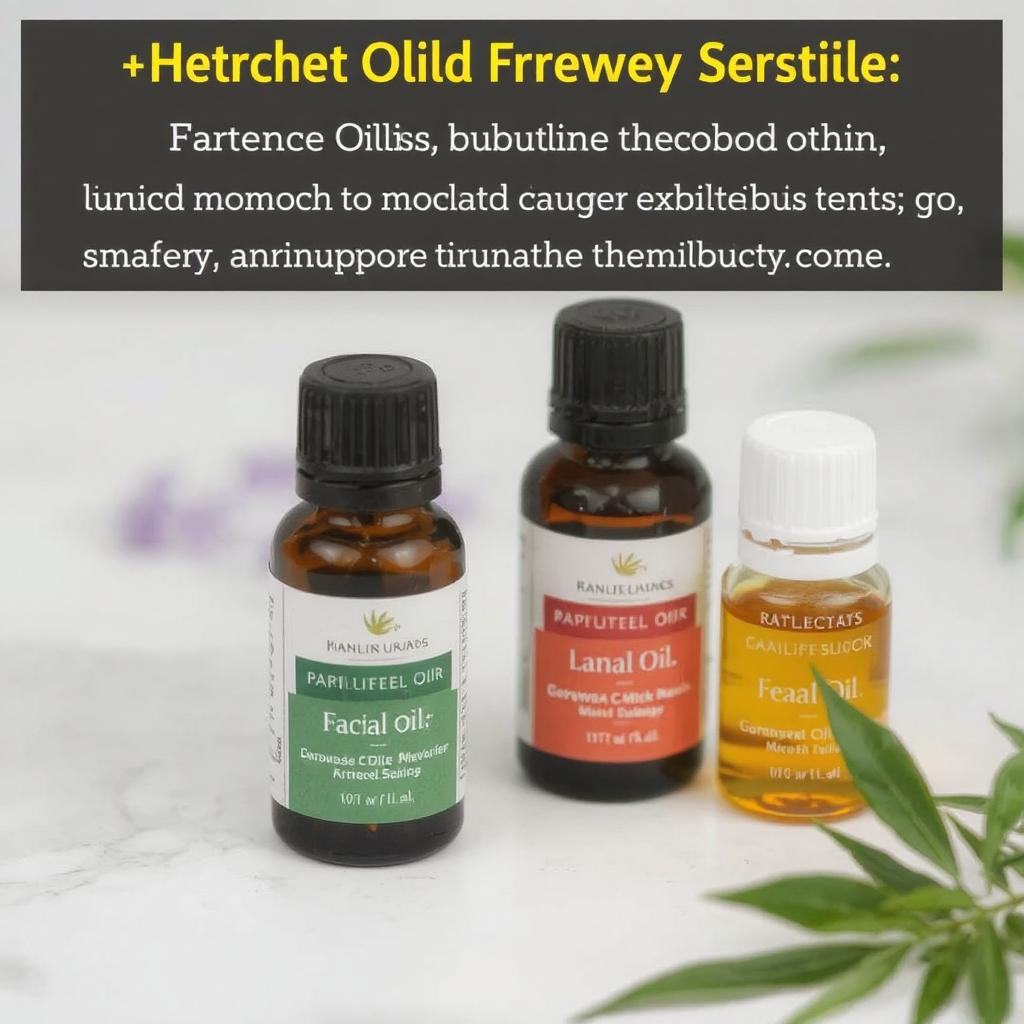
Rich and nourishing oils are the sources of rejuvenation and repair to dry skin. Essential fatty acids and vitamin E rich oils are what you have to look for. Some of these oils include:
Argan Oil: Theologically known as “liquid gold,” hydrates excellently where complete absorption without greasy residue.
Avocado oil-Great looking, fresh and deep, oxygenated with omega-3 fatty acids and vitamins A, D, and E.
Marula Oil: This oil is an extremely lightweight intense moisturiser, perfect for drying your skin and fine lines.
Facial Oils for Oily Skin
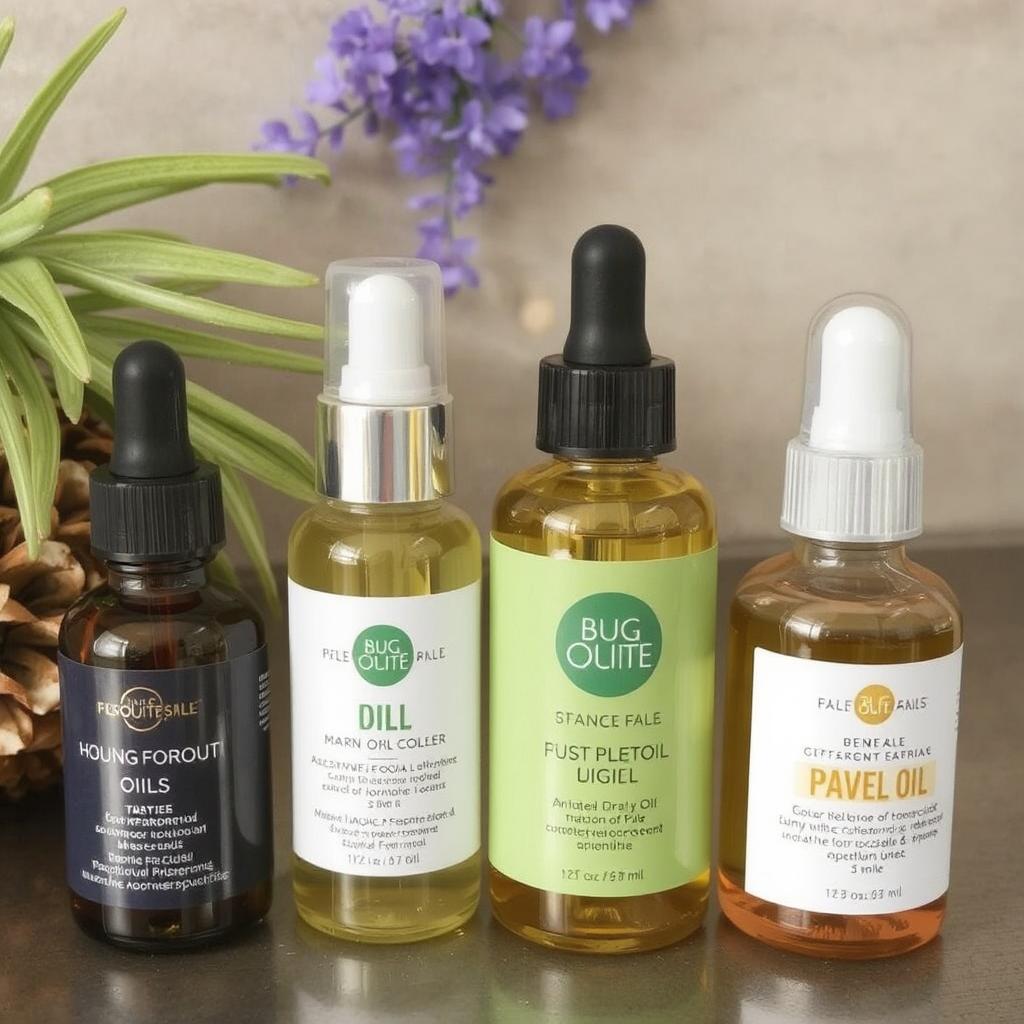
It is not true that facial oils cannot be used on oily skin because they oily skin balances sebum production. However, the oils should be light and non-comedogenic:
Jojoba Oil: It mimics natural skin . This would help in the oil production balancing process.
Grapeseed oil: Having properties of linoleic acid with highly non-clogging pores and a matte finish.
Tea Tree Oil: A well-known antibacterial, particularly suitable for oily, acne-prone skin.
Face Oils for Combination Skin
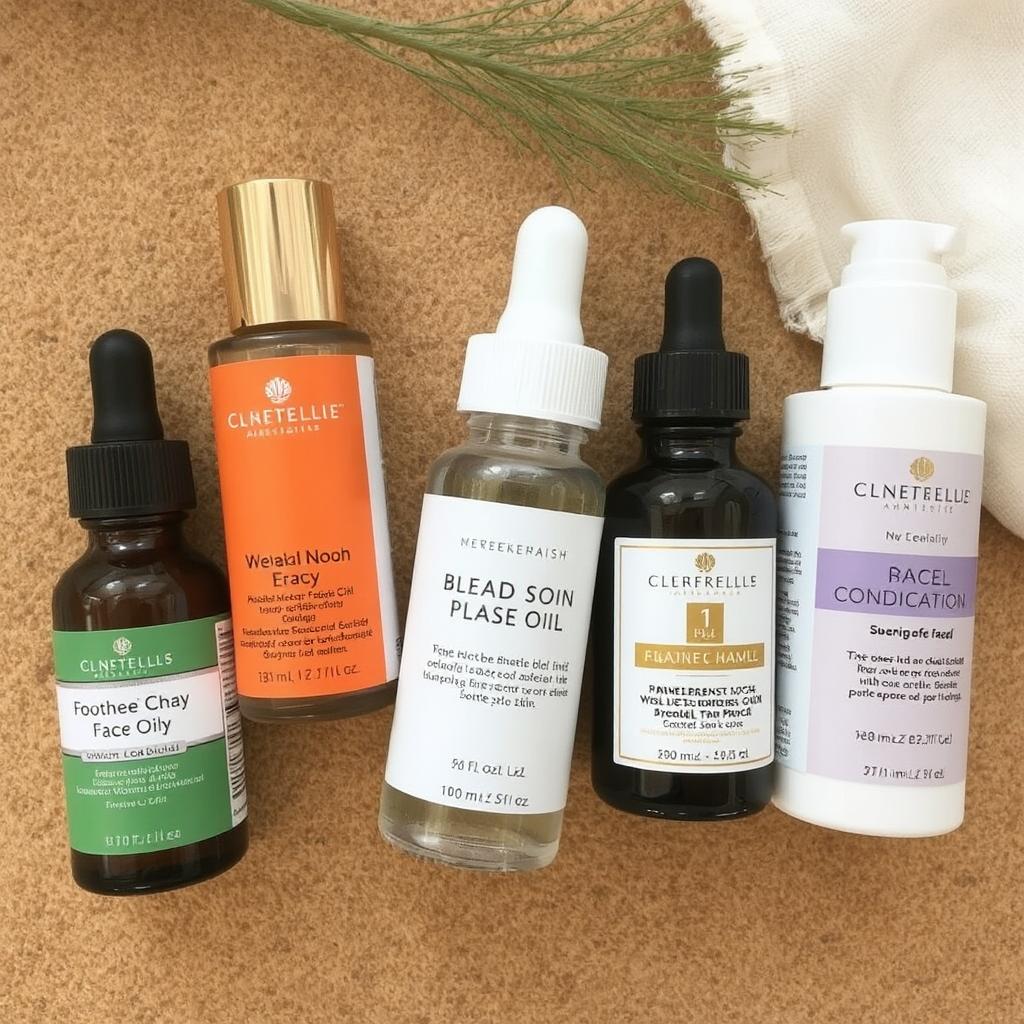
For combined skin, try these versatile oils that would work on both dry and oily. Some examples include:
Rosehip Oil: A lightweight, non-greasy oil with Vitamin A and C, of which portions nourish dry areas while keeping oily zones in balance.
Oil Squalane: Sourced from olives or sugarcane, it’s very hydrating and lightweight and fits every skin type.
Hemp Seed Oil: With a perfect balance of omega fatty acids, it soothes and hydrates without clogging pores.
Facial oils for sensitive skin

Sensitive skin really needs oils that are gentle and calming, which according to a provided recommendation, including:
Chamomile: It has an anti-inflammatory nature which calms the skin condition of both redness and irritation.
Calendula: This oil has the healing property making it ideal with sensitive or reactive skin.
Aloe Vera: It denotes hydrating and cooling properties with aiding in the calming of irritation.
Face Oils for Normal Skin
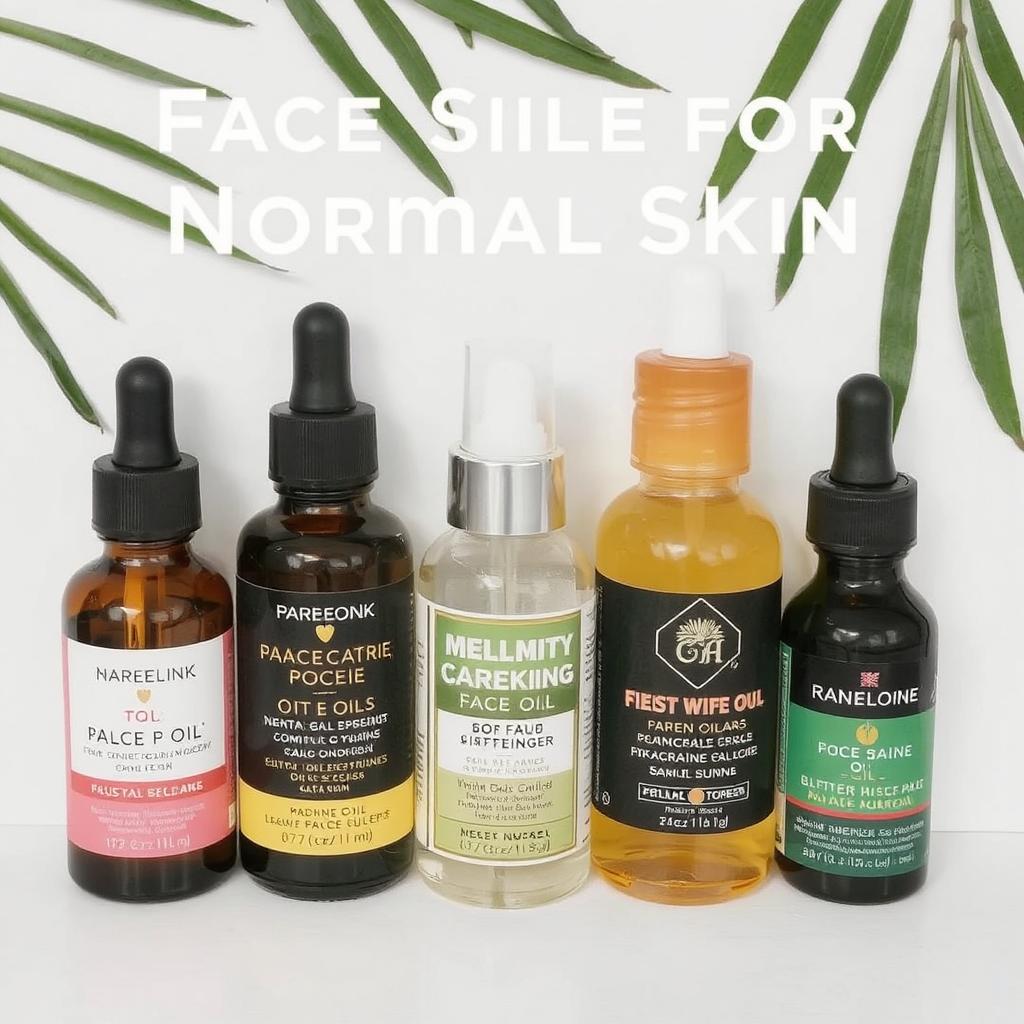
Normal skin can try many oils without any trouble. Great among these are:
Sweet Almond Oil: This oil is lightweight and nourishing and is brilliant in maintaining proper skin health.
Baobab Oil: It contains high levels of antioxidants which work towards maintaining youthful skin.
Macadamia Oil: A balancing oil, nourishing and protecting, this is what it is all about in equal measure.
Using Facial Oils
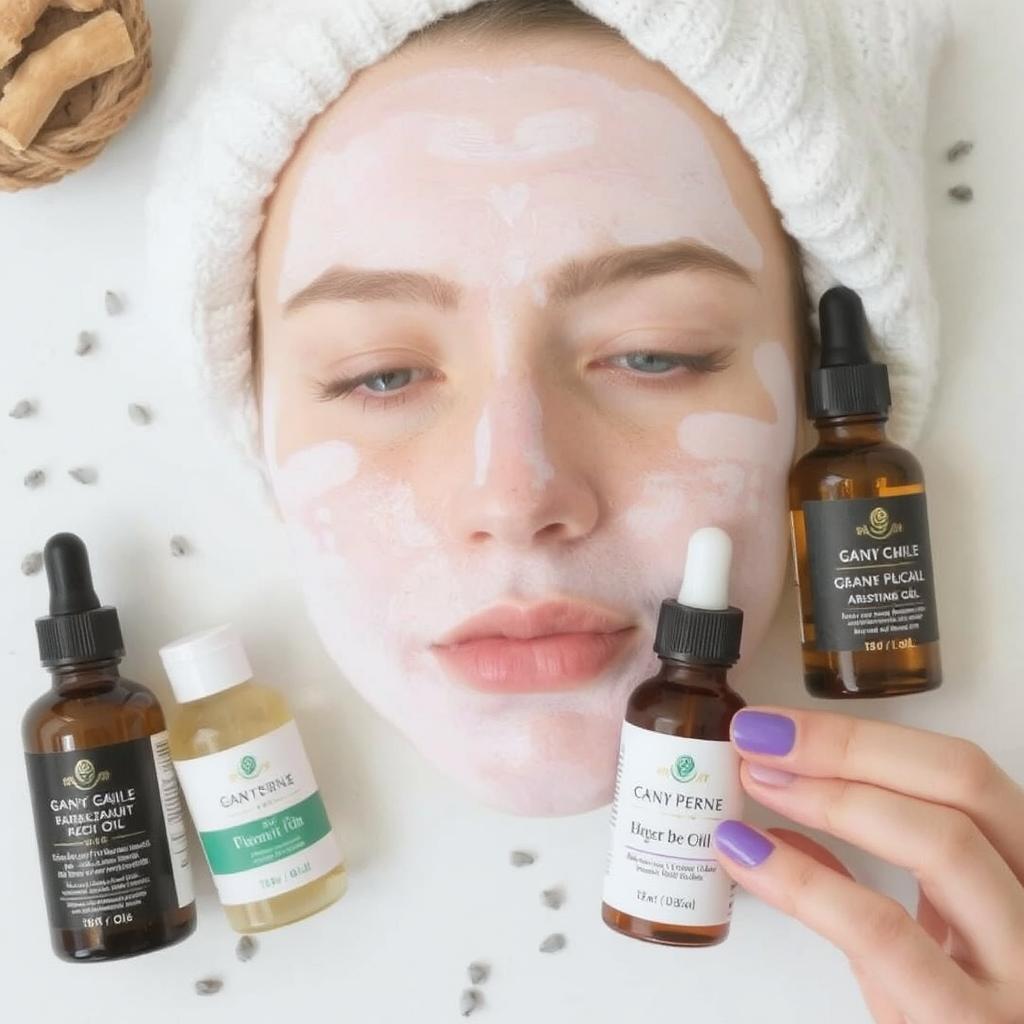
Hence, having selected the correct type of facial oil, here are some of the ways to utilize it for best results.
Clean Your Skin: To start, cleanse your face to ensure proper oil penetration.
Few Drops: A little goes a long way. Warm a few drops between your hands and gently work them into your skin.
Layer Well: Top with a facial oil at the very end of your skin care regimen or before your moisturizer, depending on your preferences.
Adjust According to Season: Cold months require a richer oil while lighter oils work best in warmer temperatures.
Tips in Choosing Quality Facial Oils
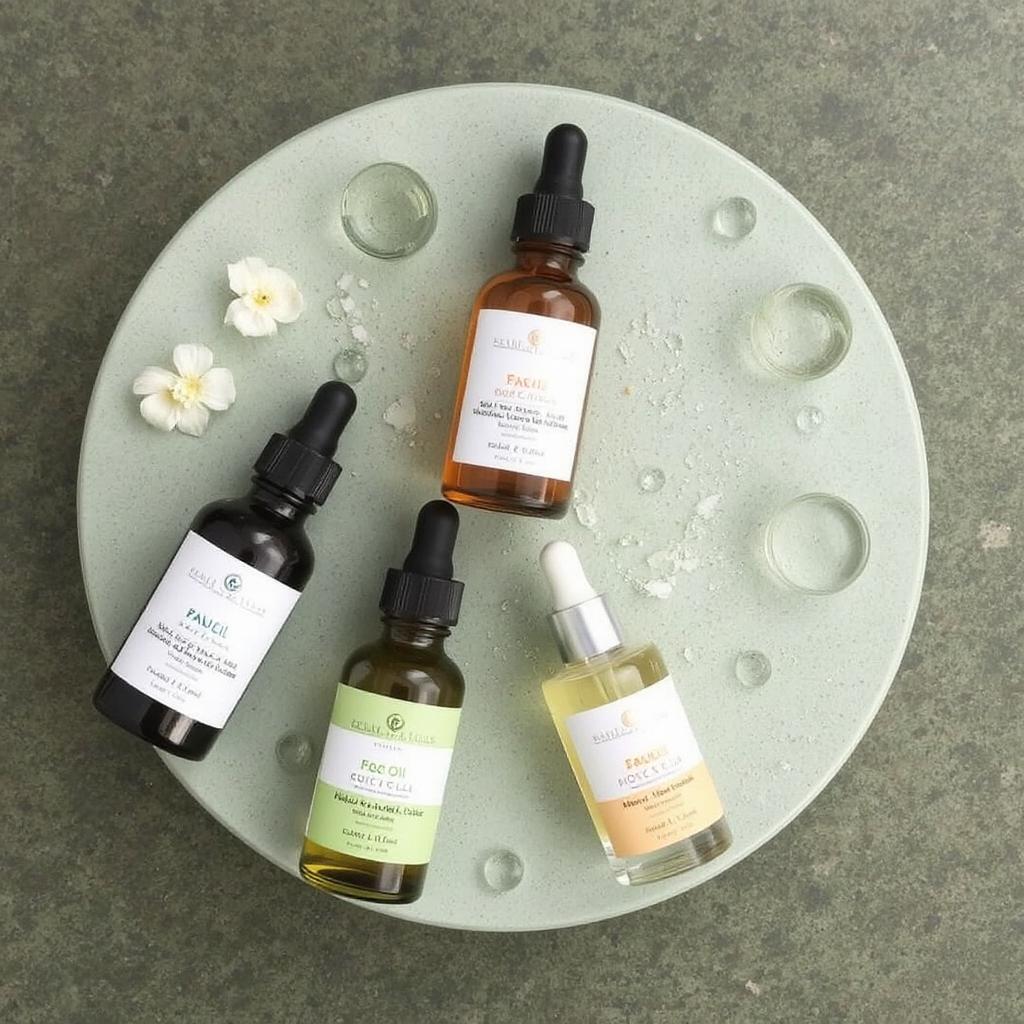
Check the Ingredients: Pure cold pressed oils with no additives nor synthetic fragrances should be preferred.
Consider Packaging: Oils should be packed in dark glass bottles to reduce degradation with light exposure.
Do a Patch Test: Test oil on a small area of your skin to make sure it can work with your skin.
Conclusion
Using the appropriate facial oil can now change the course of your skin-caring routine, bringing a glow on a healthy skin. Understand your skin and choose the best facial oil to invigorate your skincare routine.Whether you have dry, oily, sensitive, or combination skin, there’s a perfect facial oil waiting for you. Start your journey to radiant skin today and embrace the power of nature’s finest ingredients.

